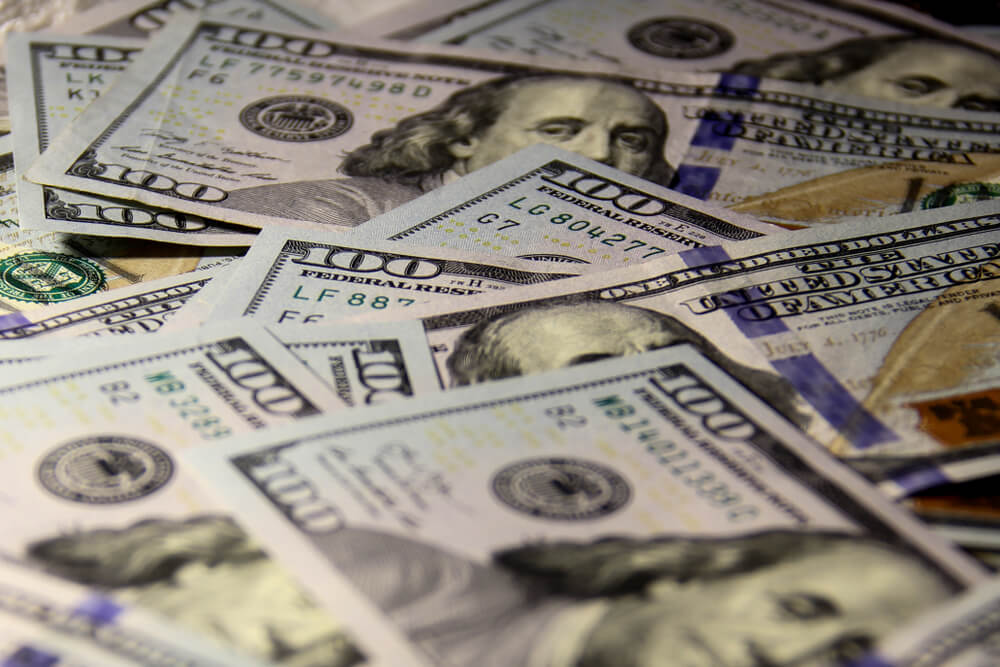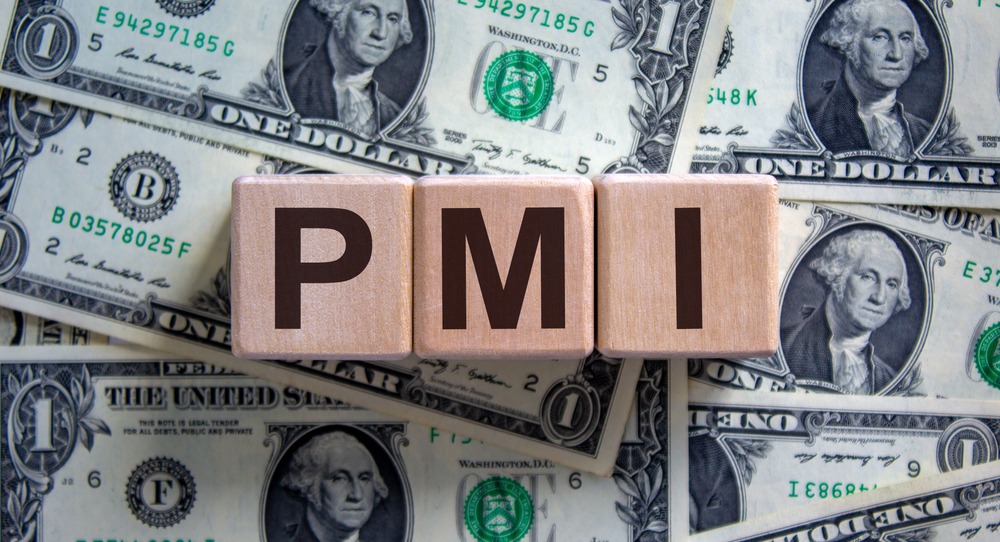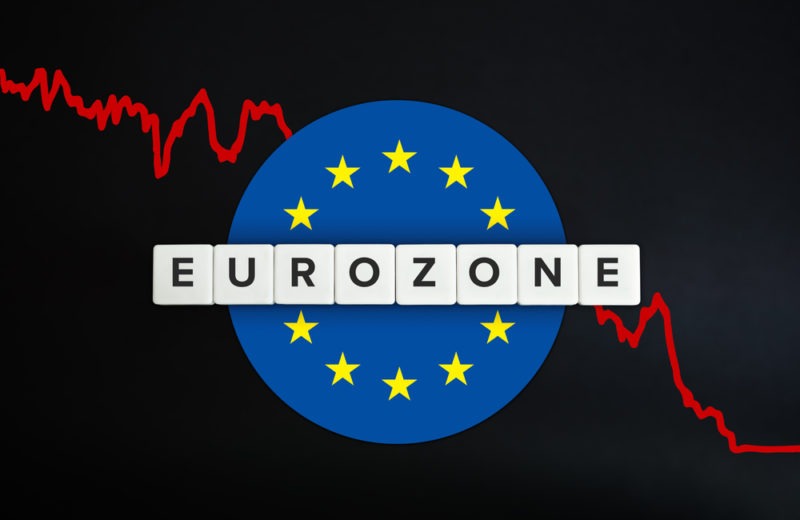The dollar was lower in early European forex trading on Friday, following underwhelming labor market data. This weakened optimism over a quick U.S. economic recovery. Despite weak retail sales numbers for January, however, Sterling remained strong.
The Dollar Index was down 0.1% at 90.483 at 3:55 AM ET (0755 GMT). This followed a 0.4% decline overnight cut short of a two-day winning streak.
EUR/USD added 0.2% to 1.2107 and USD/JPY shed 0.1% at 105.62. The risk-sensitive AUD/USD advanced 0.4% to 0.7793.
Over the last couple of days, the dollar had posted gains as U.S. Treasury yields had risen. That’s the release of strong retail sales data.
However, there was a surprise rise in the number of jobless claims. This came as a reminder of how much slack the pandemic has left in the labor market.
During the previous week, a total of 861,000 claims were filed, hitting a four-week high. That’s compared with the 765,000 claims anticipated and the 848,000 claims filed during the previous week.
In the minutes from its January policy meeting, the Federal Reserve had already warned that the labor market would take time to return to trend. Thus its easy monetary policy would stay in place for some time.
Treasury Secretary Janet Yellen stressed that $1.9 trillion in pandemic-relief spending is still needed. This defended the need for President Joe Biden’s plan despite the recent strength in retail sales.
The Pound
GBP/USD traded up 0.1% at 1.3979, with sterling retaining its recent strength. This is despite the release of very weak economic data on Friday. In January on the month, British retail sales fell 8.2%, a much steeper fall than expected as non-essential shops returned to lockdowns.
Overnight, the pound traded near an almost three-year high. This is in part thanks to the perceptions of Britain’s aggressive vaccination program. This was in hopes that it will result in the country coming out of lockdown more quickly than its neighbors.
On Monday, U.K. Prime Minister Boris Johnson is set to lay out the country’s roadmap for exiting lockdowns.
Furthermore, U.K. government borrowing climbed to 270.6 billion pounds ($378 billion). This was in the first 10 months of the fiscal year, as the pandemic devastated its public finances.
Britain is facing its largest deficit and its public debt is now over 100% of GDP.
All of this suggests that in the near term, the path of least resistance for GBP/USD should be lower. This was a statement from Kathy Lien, an analyst at BK Asset Management, as cable nears the 1.40 level.















